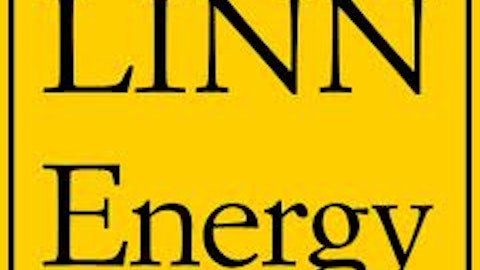Shareholders in Occidental Petroleum Corporation (NYSE:OXY) can finally breathe a sigh of relief now that former Chairman Ray Irani is gone. Over the last four years he has taken over $200 million in compensation from the company and has made nearly $1.1 billion in his 20 years as CEO. Ray Irani decided on Friday to withdraw his name as a nominee to the company’s board. This now clears the way for current CEO Steve Chazen to focus on improving costs at the company and unlocking value for shareholders.
The Irani Era

In 1990 Irani inherited a conglomerate that included oil, movies, and meatpacking. In his 23 years in charge, he transformed the company into the fourth largest oil producer in the United States and sold off unrelated assets. He expanded the company’s international reach with his connections in the Middle East, beating out rivals and won drilling contracts in the Middle East and North Africa. He famously said that he gave oil ministers his home number to call him any time.
Peer Picture
Occidental Petroleum Corporation (NYSE:OXY) has a current market cap of $71.99 billion. This puts Occidental as one of the largest operators in the industry, but still well below some major peers. Exxon Mobil Corporation (NYSE:XOM) trades with a $410 billion market cap, and Chevron Corporation (NYSE:CVX) trades at $239 billion. Exxon has a robust investment program, with plans to spend about $185 billion over the next five years, up 29% from the last five-year period. This CapEx plan will cover as many as 21 oil and gas projects, and is estimated to accumulate over 1 million net oil-equivalent barrels per day by 2016.
Exxon Mobil Corporation (NYSE:XOM) also remains in superb financial health and has an AAA credit profile. The company has a solid share buyback program in place, having repurchased $5 billion in shares during the fourth quarter and targeting a similar buyback level going forward.
Chevron Corporation (NYSE:CVX) also has a very strong oil and gas development project pipeline, where the company plans to target volume growth of 20% by 2017, more than twice the rate of growth from 2003 to 2010. The company has also been re-focusing its asset portfolio, having sold it marketing businesses in Kenya, Nigeria, Uganda, Western Africa and Brazil.
Much like Exxon Mobil Corporation (NYSE:XOM), Chevron has solid financial flexibility and strong balance sheet. The oil and gas company has $21 billion in cash on hand and a debt-to-capital ratio of just over 8%. Chevron Corporation (NYSE:CVX)’s buyback program includes a target of up to $1 billion of its common stock quarterly.
Valuation
Occidental Petroleum Corporation (NYSE:OXY) trades at 12 times forward earnings, which is above Exxon (11.1 times) and Chevron (11.5 times); yet, Occidental has grow its dividend by an annualized 20% over the last five years, compared to Exxon’s 12.5% and Chevron’s 11.5%.
The other side of the story is earnings growth, where, yet again, Occidental reigns supreme. Analysts expect Occidental to grow EPS at an annualized 5.9% over the next five years, and Exxon Mobil Corporation (NYSE:XOM) at 1.8% and Chevron Corporation (NYSE:CVX) at 1.6%.
Over the past year, Occidental Petroleum Corporation (NYSE:OXY) is up only 2.80%. Of the analysts that follow the stock, 6 have it rated as a Strong Buy, 10 a Buy, and 8 a Hold. Price targets on the stock range from $82 to $120 with 99.50 being the median target.
Hedge fund trade
At the end of the fourth quarter, a total of 54 hedge funds were long Exxon Mobil Corporation (NYSE:XOM). Billionaire Bill Gates’ Foundation was the top fund owner at the time, owning some $662 million worth of stock, comprising 3.9% of its 13F portfolio (check out Bill Gates’ big moves).
